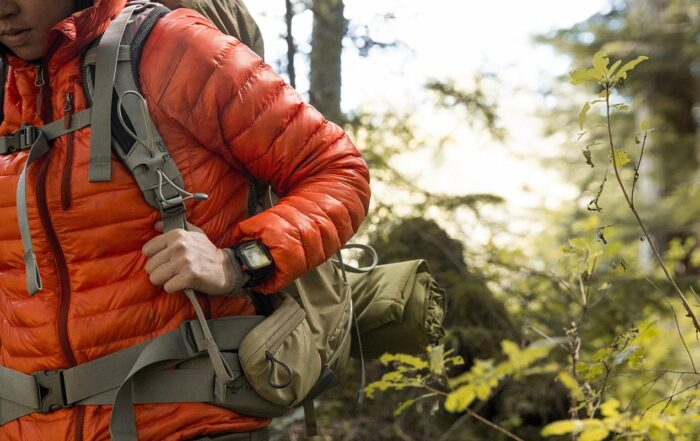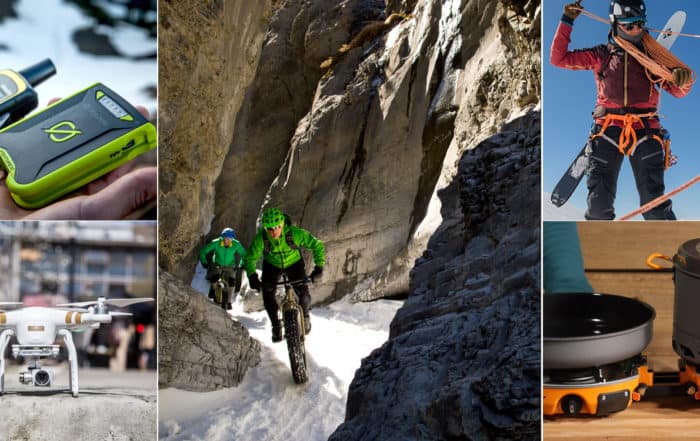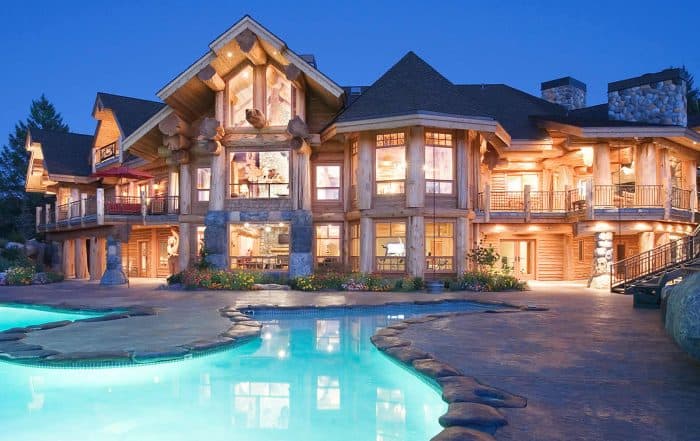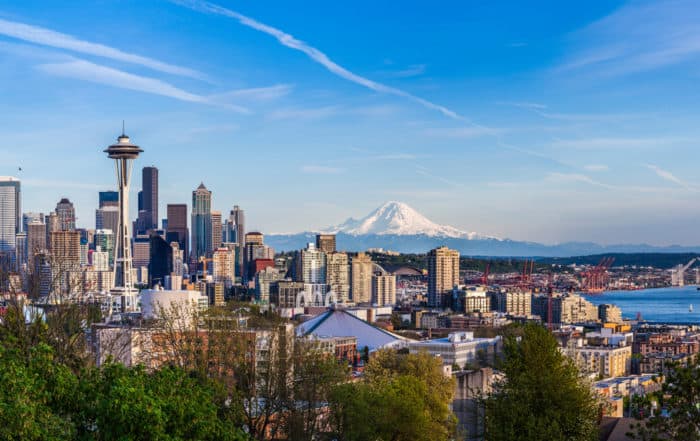The Importance of Nutritional Balance While Training
Nutritional balance means your diet consists of the right number of calories and mix of nutrients needed to sustain your activity. Ideally, balance is hit when you get all the nutrition you need without eating more calories than you need. How do you know if you’re in nutritional balance? Good question. If you are maintaining a healthy weight, have good blood pressure and cholesterol levels, and experience good energy with no extreme ups or downs, you’re probably there.
Being in nutritional balance when simply sitting the couch is hard enough. The real challenge is maintaining it as you increase your activity. To maintain proper nutrition when training, you have to ask yourself a few questions. What are you going to be doing? When? For how long? How often?
Then you have to know a few things. For example: a 150 lb man can burn an average of 600 calories per hour when running. And believe it or not, biking, swimming, hiking and rock climbing can all burn more than that. So, do the math. Knowing what you do, how often, and for how long will go a long way to determining how you replenish what you burn. Then, all you need to know is what to eat, how much to eat, and when to eat it to achieve maximum benefit.
There are books and entire college curricula based on the science of nutrition, but since you’d rather be hiking, let us give you some of the basics.
What to Eat
Nutrition really boils down to combining the right amount of carbohydrates, proteins, and fats to replace what you burn. If you’re a 120 lb woman who just burned 500 calories on a bike, you can’t just eat 3 Milky Way bars to make up for it and be okay. That just doesn’t work.
Believe it or not, carbs are the basis of your diet when training (sorry Dr. Atkins). They provide the sugars that turn into calories that fuel your muscles. What you need are foods that contain a lot of calories per ounce and that are made of complex sugars. Brown rice, whole wheat pasta and fruit such as apples, bananas, pears, dates and raisins are perfect examples. Your body burns them more slowly than simple sugars, helping you sustain your energy.
Next is protein and fats. Your muscles need protein to build, rejuvenate, and stay strong. And yes, you need fats in your diet. They provide vital energy reserves and aid in the absorption of key vitamins and minerals. What’s a good fat? Let’s not get into a fight about that right now. Just stick with the fats that generally accompany your proteins. Lean meats, tuna and other fish, nuts and nut butters, beans, eggs, Greek yogurt, and cheese are all great sources of proteins that add just enough fat to make it all work.
Just don’t forget to hydrate. For every one percent drop in your body’s hydration level, you can expect up to a 5% decline in your athletic performance. Depending on your activity, you can easily need in excess of one liter of water for every hour of exercise simply to keep up. Some people like to add a little sports powder to their water for some carb and electrolyte replacement, but keep the carbs low and watch the sugars. They can add up quickly.
How Much to Eat
More math. The average person burns between 60 and 100 calories per hour of the day. That’s where the whole 2000 calorie count came from. So, what you need to do is figure out how much you burn, including your chosen training activities, and replace your calories. Again, there is a lot of science here, and these are wild generalizations, but you get the point.
Example: You’re 35 years old, 5’8” and 145 lb. You burn about 1700 calories just by living and you add about 1000 calories from training and recovery activities per day. Yeah, that’s about 2700 calories. You need to increase your food intake to maintain, let alone build strength or endurance. Just keep the calories coming from a proper balance of carbs, proteins, and fats and you’ll be great.
When to Eat
Most experts will tell you the three-meal-a-day thing is over. If you’re serious about your training, eating five or six smaller meals throughout the day is better to maintain healthy glucose and insulin levels necessary to be well balanced.
Everybody is different, and schedules are hard to manage, but a good rule of thumb is to eat at least an hour before training to enable some metabolizing of the foods, engage in some replenishment during exercise if the situation requires or allows, and definitely eat something soon after your workout to facilitate muscle recovery. In other words, don’t train on an empty stomach, and definitely don’t starve yourself after. Your muscles need food to work. Give it to them…and don’t forget to eat your vegetables.
Recent Fitness Training & Nutrition Posts
Work Life Balance
Get Outdoors & Achieve Work/Life Balance for Professional Growth We live in unforgiving times. Work is all-consuming. Productivity is critical but, as work hours increase, results suffer. The modern professional works more hours, under [...]
Building Core & Leg Strength
Online-Apotheke in Deutschland.http://goldenerdoktor.de//
Cardio Training for Hiking
Useful Tips for Cardio Training for Hiking Hiking is one of the few outdoor activities that nearly everyone can do and only requires that you get out and try. Hiking makes everything [...]
Nutritional Balance While Training
The Importance of Nutritional Balance While Training Nutritional balance means your diet consists of the right number of calories and mix of nutrients needed to sustain your activity. Ideally, balance is hit when you [...]
All Recent Posts
Fall Hiking Gear
The Best in 2020 Fall Hiking Gear Looking for information on fall hiking gear? No offense to the other seasons, but Autumn is the best time to hike throughout much of the Northern [...]
Outdoor Technology
Outdoor Technology: Hiking Backpacking and Camping You may not be a fan of outdoor technology. It may be due to a lack of understanding, maybe you think that it’s too complicated, or you [...]
Handcrafted Log Homes
Handcrafted Log Homes Handcrafted log homes in North America date back to 1638. That is about the time that historians believe that log home construction began in the United States. Historically, log homes [...]
Best Cocktail Recipes
Best Cocktail Recipes Have you ever wondered what the best cocktails are for entertaining your friends? Earth Gear has - and we thought we would bring the best cocktail recipes to you. But first [...]
Sayulita Vacation
Crimson Skies of Sayulita If you are looking for an off-the-beaten-path travel destination, a great place to surf, reflect, rejuvenate, and soak up the sun then look no further than a Sayulita Vacation. This [...]
Big Island Hawaii Things To Do
Big Island Hawaii Things To Do, A Journey of Beauty and Contrast The big island Hawaii has a history datable to 1,500 years ago when a small fleet of canoes landed on the island's [...]
Climbing Mount Rainier
Climbing Mount Rainier Climbing Mount Rainier: At 14,411 feet, Mount Rainier—or Tahoma, as regional American Indian tribes called it—falls a little short of the loftiest Sierra Nevada and Southern Rocky Mountain peaks. You can [...]
Iceland Adventure Travel
Iceland — The land of Fire and Ice Iceland Adventure Travel; Iceland is home to just under 325,000 people who live in a habitable area of 103,000 square kilometers. The largest city is the [...]














Leave A Comment